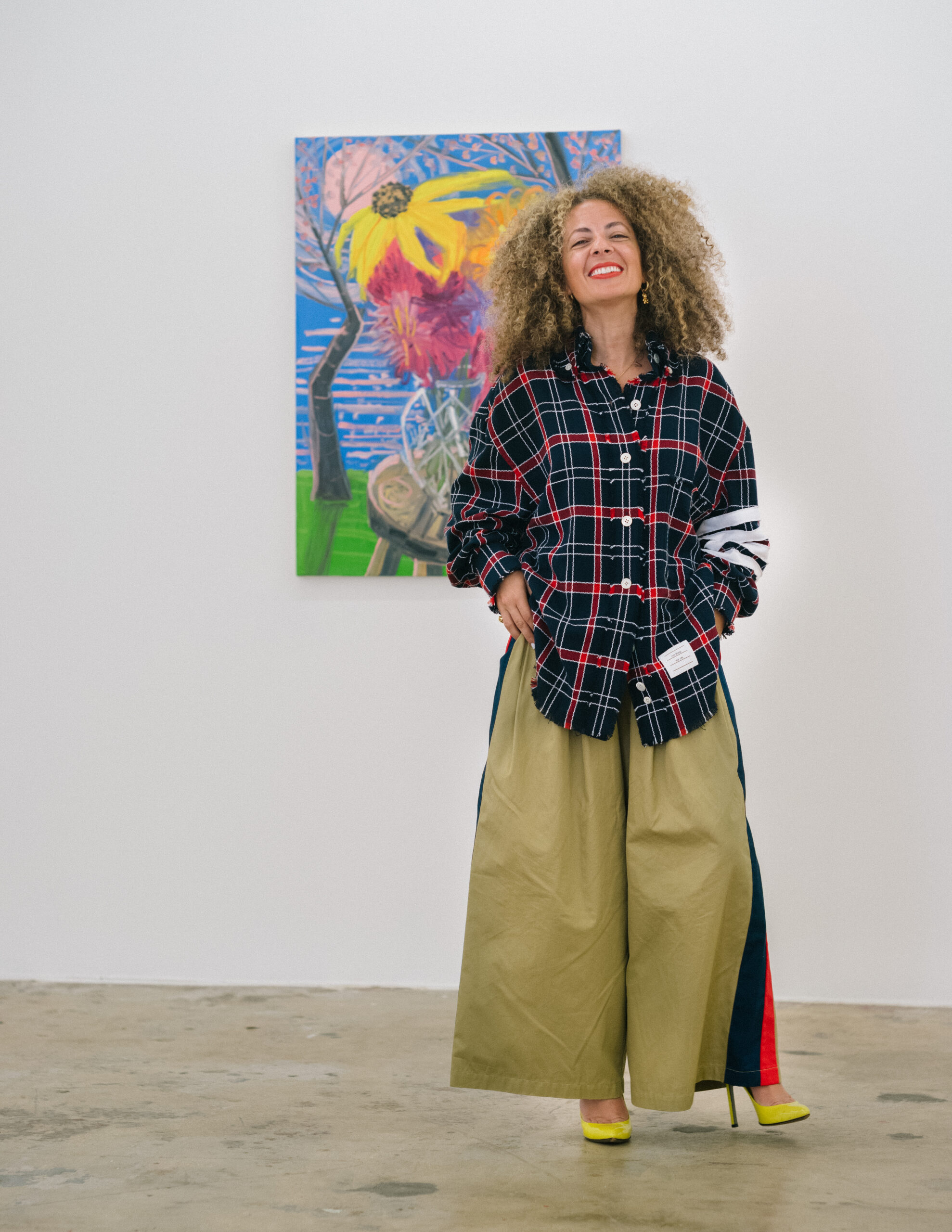Nina Johnson on Baer Faxt’s Miami Guide

We’ve seen Miami explode as a cultural destination because of art, and with the 20th anniversary of ABMB, how art and design can transform a city?
Miami is a city with a rich history that is often overlooked to suit the various interests of newcomers. Art and design can help realign the focus of development. The history of art in Miami dates back well before the arrival of ABMB; for example, we have one of the first percent-for-art programs in the country. Think of Art Deco, the arrival of the car motel, and the massive engineering projects that shaped the everglades—those are all designs! Particularly when we talk about ‘design’ the influence on a city is enormous. The arrival of Art Basel 20 years ago is a momentous occurrence in a city that dates back well over a hundred years.
What’s the future of the arts/design in Miami?
Miami is uniquely positioned to face 21st-century challenges which are increasingly relevant the world over; climate change, income disparity, and the influx of immigrant populations; I hope that when we talk about art and design, we aren’t just talking about the contemporary art market as it exists during ABMB, rather a lasting impact in terms of how it influences the conversations surrounding these discussions.
What challenges does Miami face in terms of the arts?
Miami has become an enormously expensive city in which to live with very little infrastructure in terms of artist support. We need more legislation and government support for our artist populations: this means considering artist-friendly development when we talk about zoning, municipal bond support to help our institutions be sustainable, and programs that help fund, not only innovative ideas but things like health care, child care and retirement for artists.
Some cities are hubs for art/design but not the market. What makes Miami ripe for both?
I am grateful to have seen so many wonderful institutions (both private and public) thrive here over the past twenty years; ICA, PAMM, The Bass, etc. Many of our institutions are supported by individual donors who want to see world-class curatorial endeavors in their backyard, as well as more institutionalized philanthropy, like the Knight Foundation which supports the arts as a vehicle for engaging the public. In terms of the private market and commercial endeavors, the increasingly digital and globalized art market has allowed for those of us operating outside of traditional hubs like London, New York, etc., to build audiences who support our programs, not only in December but throughout the year.